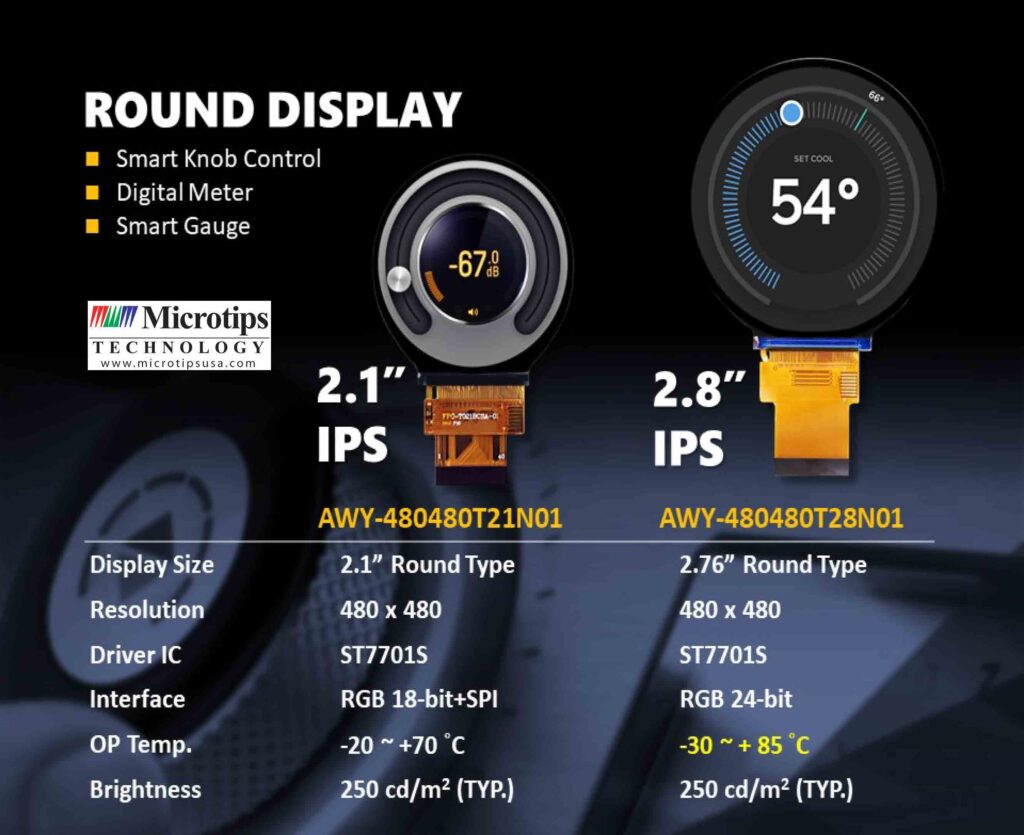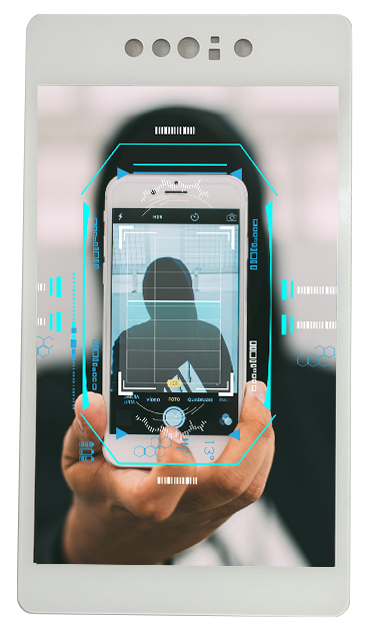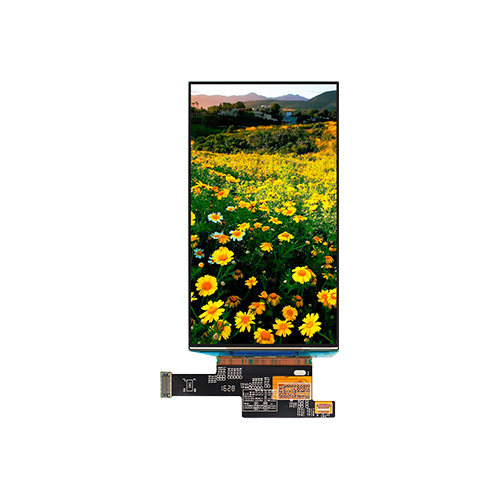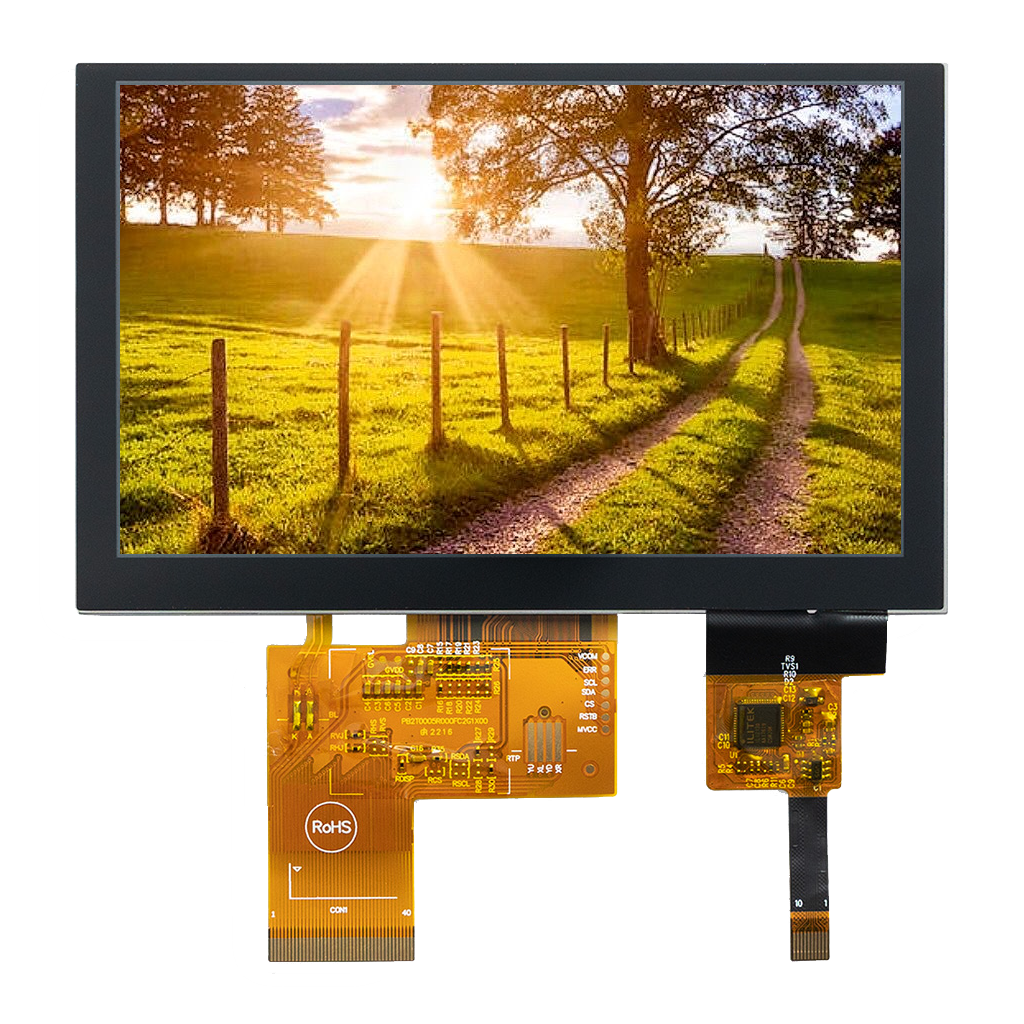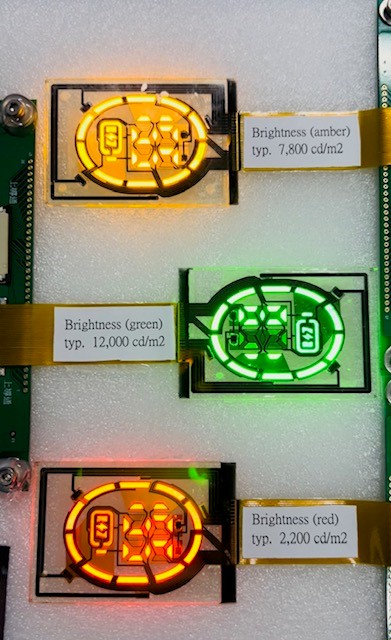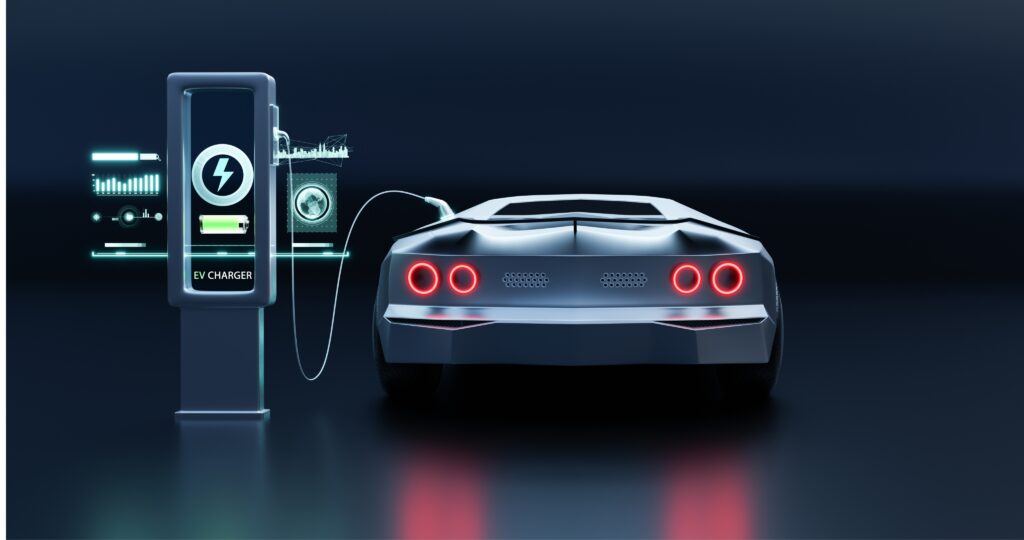
In today’s digital age, where information is abundant and attention spans are short, the presentation of data plays a crucial role in conveying messages effectively. Among the myriad display technologies available, bar type displays stand out as a simple yet powerful tool for visual communication. From advertising to monitoring systems, these displays find applications across various industries, offering a versatile platform for showcasing information in a clear and engaging manner.
Evolution of Bar Type Displays
The concept of bar type displays traces its roots back to the early days of data visualization, where simple bar charts were used to represent numerical information. Over time, advancements in display technology led to the development of more sophisticated bar type displays capable of presenting dynamic data in real-time.
The evolution of bar type displays can be attributed to several key factors:
- Technological Advancements: Progress in display technologies, such as LED (Light Emitting Diode) and LCD (Liquid Crystal Display), has significantly enhanced the capabilities of bar type displays. These advancements have resulted in displays with higher resolutions, improved color reproduction, and greater durability.
- Miniaturization: The miniaturization of electronic components has enabled the creation of compact and lightweight bar type displays that can be integrated into various devices and applications. This has expanded the reach of bar type displays beyond traditional signage to include products like wearable gadgets and automotive displays.
- Customization Options: Manufacturers now offer a wide range of customization options for bar type displays, allowing users to tailor the size, shape, and configuration of the display to suit their specific requirements. This flexibility makes bar type displays suitable for a diverse range of applications, from small-scale installations to large-scale deployments.
Applications of Bar Type Displays
Bar type displays find applications across a diverse range of industries and use cases, thanks to their versatility and effectiveness in conveying information. Some common applications include:
- Digital Signage: Bar type displays are widely used in digital signage applications to deliver dynamic content in retail stores, airports, restaurants, and other public spaces. Whether displaying promotional messages, product information, or wayfinding directions, bar type displays attract attention and engage audiences effectively.
- Industrial Monitoring: In industrial settings, bar type displays play a crucial role in monitoring and visualizing real-time data from sensors and control systems. From manufacturing plants to energy facilities, these displays provide operators with valuable insights into process parameters, equipment status, and performance metrics.
- Transportation Systems: Bar type displays are commonly used in transportation systems, such as airports, train stations, and bus terminals, to provide travelers with real-time information on arrivals, departures, and schedule updates. By displaying clear and concise information, these displays help passengers navigate complex environments more efficiently.
- Healthcare: In healthcare facilities, bar type displays are utilized for patient monitoring, displaying vital signs, medical alerts, and other critical information. These displays enable healthcare professionals to monitor multiple patients simultaneously and respond promptly to any changes in their condition.
- Automotive Displays: Bar type displays are increasingly being incorporated into automotive interiors to provide drivers with essential information, such as navigation directions, vehicle diagnostics, and entertainment options. These displays enhance the driving experience by presenting information in a clear and non-distracting manner.
Future Trends and Innovations
Looking ahead, the future of bar type displays holds promise for further innovation and advancement. Some emerging trends and developments include:
- Flexible Displays: The development of flexible display technologies, such as OLED (Organic Light Emitting Diode), opens up new possibilities for bar type displays with curved or conformable form factors. These displays can be seamlessly integrated into curved surfaces, enabling innovative designs and immersive user experiences.
- Interactive Capabilities: Integrating touch-sensitive and gesture recognition technologies into bar type displays allows for interactive user experiences, enabling users to interact with content directly. This feature enhances engagement and enables new applications in interactive kiosks, gaming consoles, and educational displays.
- Integration with IoT: Bar type displays are increasingly being connected to the Internet of Things (IoT) ecosystem, allowing them to interact with other smart devices and systems. By leveraging IoT connectivity, these displays can access real-time data from sensors, databases, and cloud services, enabling personalized and context-aware content delivery.
In conclusion, bar type displays have come a long way from their humble beginnings as simple bar charts to become indispensable tools for visual communication in a wide range of applications. As technology continues to evolve, we can expect to see further innovations that enhance the capabilities and expand the potential applications of bar type displays, shaping the way we interact with information in the digital age.
Features of Microtips Technology’s https://microtipsusa.com/ Bar-Type Display:
- Size ranges from 3.6” ~ 12.3”
- Resolution – 128 x 64 ~ 1970 x 720
- Interface – RGB, MIPI, or LVDS
- IPS available
- PCAP available
- Long-term availability
Solutions:
- Digital Signage
- Transportation Systems
- Healthcare
- Automotive Devices, etc.
Try a Microtips’ Bar-Type Display, https://microtipsusa.com/ and see how we can make your product more usable and better looking!
Microtips Technology: Innovative Solutions. Your Vision. Our Goal.

